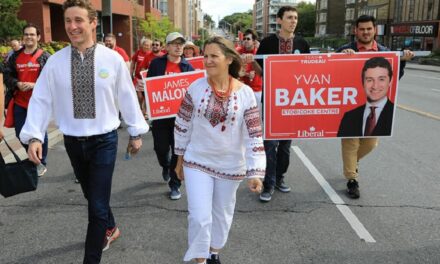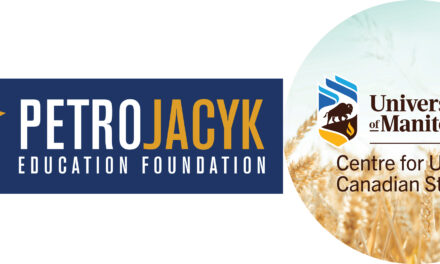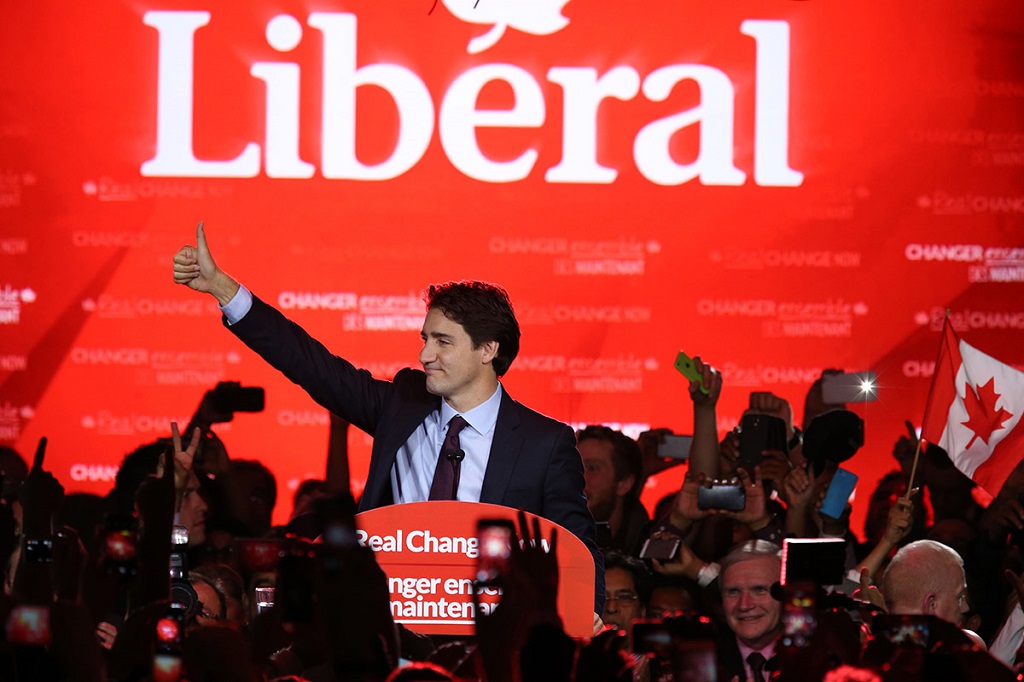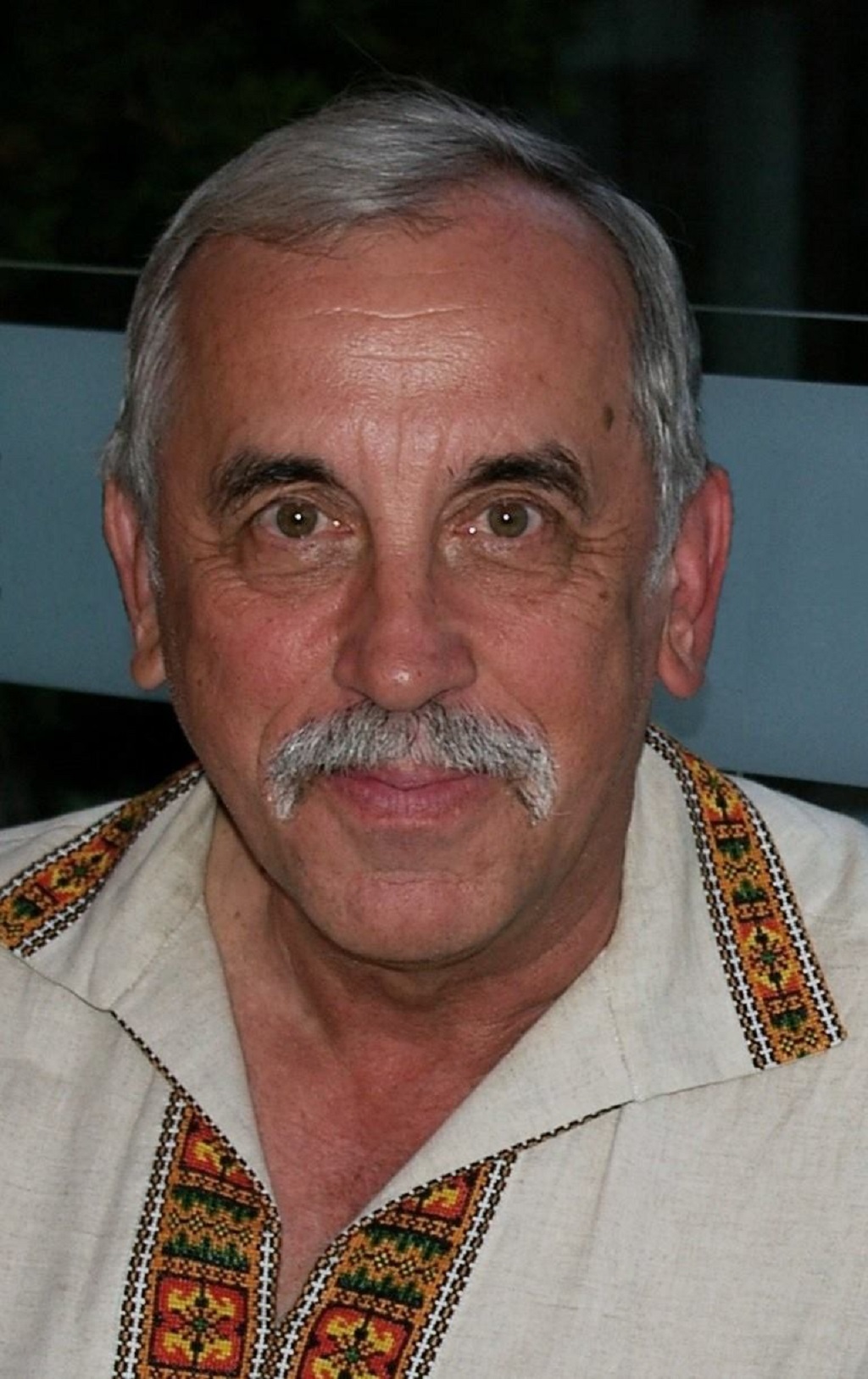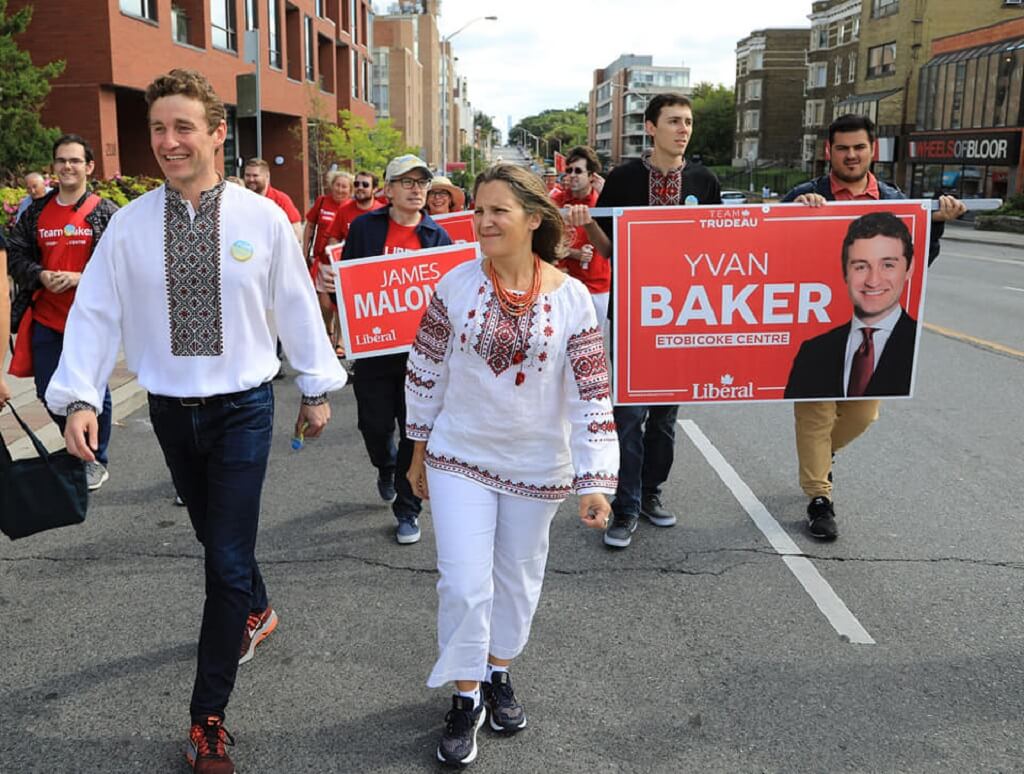Unnecessary and costly election shows the need for reform
Marco Levytsky, Editorial Writer.
Two years before it was necessary, after 36 days of campaigning during the fourth wave of a pandemic and $600 million in taxpayer’s money, Canadians went to the polls on September 20 to elect a parliament that remains virtually unchanged from the previous one. Barring any further changes, the final results have 159 Liberals elected, including one who will be kicked out of the caucus and sit as an Independent when parliament reconvenes because he failed to disclose a sexual assault charge from two years ago. This number is up two from the 2019 election. The Conservatives elected 119 members (down two), the Bloc Quebecois 33 (up one), the New Democratic Party 25 (up one), and the Greens two (down one). The lone Independent who was elected in 2019, former Attorney General Jody Wilson-Raybould did not run in this election.
Never before has an election cost as much, and never before have the results been as close to the previous election as they were on September 20. The closest we can identify was the 1965 election, which was also called because the Liberals thought they could get a majority, but also resulted in the return of another Liberal minority government. At least they were closer then – just two seats short, while the incoming government will be 12 seats short. And the changes were a bit more pronounced. Lester Pearson’s Liberals picked up three seats, while John Diefenbaker’s Progressive Conservatives, Tommy Douglas’ NDP, and the newly created Ralliement Créditiste of Réal Caouette each picked up four. These gains came at the expense of Robert Thompson’s Social Credit which ended up losing 19 seats. This election was the brainchild of Finance Minister Walter Gordon, who persuaded Pearson to call it and co-chaired the Liberal campaign. When the election failed to return a Liberal majority, Gordon, taking responsibility for giving the prime minister poor advice, resigned from Cabinet and returned to the backbench.
Another takeaway from this election is that for the second time in a row the party that came second in the popular vote took the most seats. This is the first time in Canadian history that this has occurred in successive elections. Another anomaly is that the Greens with 2.32 % of the vote took two seats, while the People’s Paty of Canada with almost five per cent won none. Similarly, the BQ took 33 seats with 7.66% of the vote while the NDP had to settle for 25 seats despite receiving 17.8 % of all votes cast. Such results do not accurately reflect the will of the people of Canada.
That’s because we have an electoral system known as first-past-the-post. Under this system, voters cast their vote for a candidate of their choice, and the candidate who receives the most votes wins even if the top candidate gets less than 50%, which can happen when there are many parties running. And that is the case in Canada today. Back when Confederation was enacted in 1867, we basically had a two-party system. Much has changed since then with one regional, five national and several fringe parties competing for votes. Campaigning in 2019, Trudeau promised to change the electoral system. Nothing came of that. During this election he again promised change, but once again this is unlikely to happen. That’s because Trudeau once again rejected proportional representation as an alternative, saying the system “gives more weight to smaller parties that are perhaps fringe parties.” He expressed his preference for a ranked ballot system, saying such an approach contributes to less divisive elections. Under a ranked ballot system, the winner must receive a majority of the votes cast, and ballots are ranked for first, second, third choices and so on. If no one gets a majority on the first ballot, then the bottom candidate is removed, and the ranked second, third etc. choices for other candidates are allocated accordingly amongst the remaining candidates. The process is repeated for successive ballots until such time as one candidate gets a majority. What Trudeau didn’t say is that this kind of system automatically favours the Liberals who, as a centrist party, can gather votes from both left and right in any ranked ballot.
While there is merit in both a ranked ballot system and single-member constituencies, there is also merit in a proportional system. Perhaps, the best approach would be a hybrid of the two. Canada could either maintain the plurality system for single-member constituencies or change that to a ranked or two-round system which would require a majority. Similarly, it could elect party lists by province or region (i.e. Atlantic Canada, Manitoba and Saskatchewan in another region and the rest by individual provinces.) The system should be such that it is geared to Canada’s unique geographic and population requirements.
The principal arguments in favour of the first-past-the post system are that it is simple to understand and that it lends itself especially well to electing a majority government or at least a strong minority. An additional advantage is that Canadians are long-accustomed to this system. Countries that maintain a proportional system generally have to engage in coalition negotiations which, at times, can take months. Much the same could happen in Canada under such a system. Consider that during the last 100 years, only twice has one party managed to obtain a majority of the popular vote – once in 1958 and once in 1984. On the other hand, parties have been able to win a majority of the seats in Parliament many times with less than 50% of the popular vote. In fact, majorities have been won with as little as 38% of the popular vote.
Whether or not electoral reform will once again become a serious question for consideration in Canada remains to be seen. However, if it does rise to the forefront of political debate in this country one thing is certain. There is no shortage of alternative systems being used in scores of other countries around the world for Canada to study, to subject to serious analysis and debate, and to finally come to a decision on. Whether or not a new voting system is eventually adopted though, what most Canadians want is for institutional mechanisms to be in place that strongly discourage their Prime Ministers from calling needless snap elections well before their current terms of office have expired.
Share on Social Media






